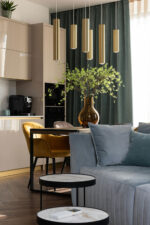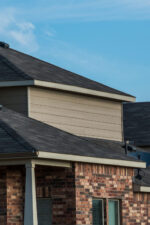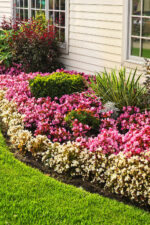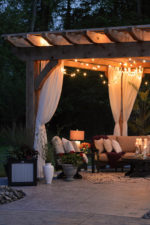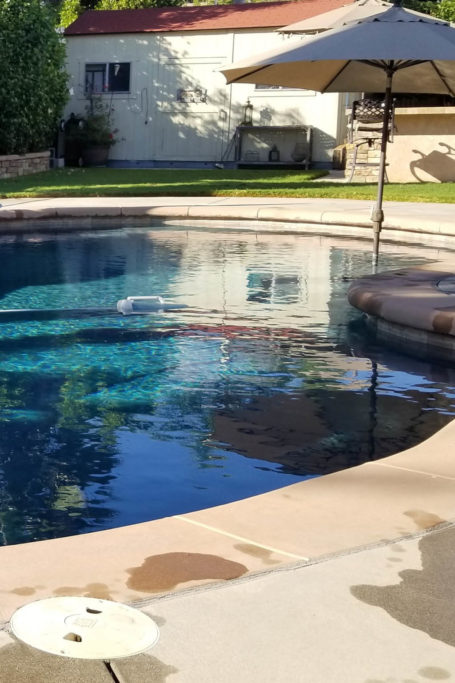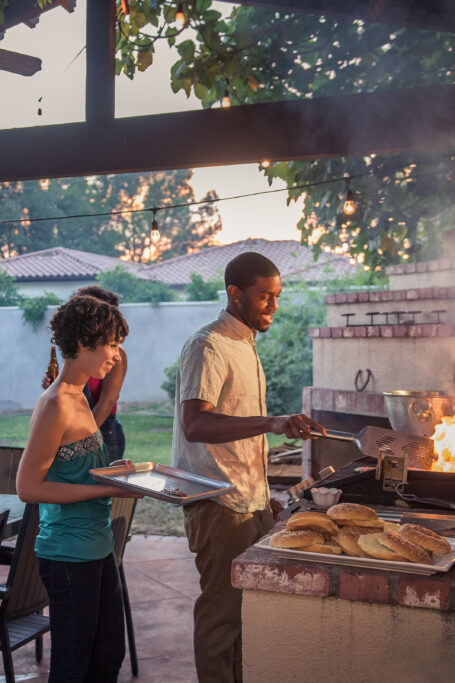Water Damage Prevention Tips
Water can be insidious because it can lurk in unexpected places. To prevent it from entering your home or saturating your lawn, consider taking the following maintenance and repair steps.
Maintain your lawn
If your yard has poor drainage or is covered with leaves, branches, weeds, or thatch (layers of dead grass), rainwater will have nowhere to go and can drown your lawn or seep into your home’s foundation, causing damage such as mold buildup. There are several preventative measures you can take to protect your lawn: fix broken or leaking underground water pipes or sprinkler heads, regrade inadequately sloped soil, and, depending on the type of grass you have and the climate you live in, aerate your lawn in the fall or early spring.

Inspect your roof, gutters, and downspouts
These are some of the main mechanisms that keep water from entering your home, so make sure to not only have them inspected regularly but also repair any problems as quickly as possible to prevent further damage.
Roof
At least once a year, have a professional roofer check your roof for openings in the flashings, shingle grains in the gutters, and areas that may be sagging. If you’ve noticed any ceiling stains or even a tiny leak, you may need to replace damaged shingles. Water intrusion can lead to mold in as soon as one or two days, so be sure to fix your roof as quickly as possible.
Gutters
Clogged gutters can cause severe water damage to your home’s roof, siding, landscaping, foundation, and interior. When your gutters are clogged, water and debris can spill over the edges and get into crevices, which can weaken wood siding and roof sheeting and saturate your lawn. Clear your gutters of debris at least twice a year, ideally in spring and autumn when seeds begin to germinate and leaves and branches start to fall.
Downspouts
Like gutters, downspouts need to be free of leaves and other debris for water to flow freely, so make sure that the exit points from your gutters to their downspouts aren’t blocked. For optimal protection, especially in a wet climate, add downspout extensions to direct the water even farther away from your home and consider installing an exterior French drain.

Protect your home’s exterior
Periodically inspect your siding and exterior walls for water damage. If you detect rotted wood, warped siding, or chipped paint, fix the issue as soon as possible to prevent further damage—with early detection, repairs may be minimal.
Check windows and doors
Water can seep through even the tiniest of openings. To prevent water intrusion, inspect all windows and doors for any cracks, broken seals, deteriorating weatherstripping, or warping. You can prevent future leaks by caulking, applying insulating foam sealant around the window frames, and painting around the windows or doorways to block moisture from permeating the wood.

Inspect pipes for leaks
Because some leaks are more noticeable than others, you should periodically inspect your pipes and faucets for any drips or leaks. If you notice any dark spots under the pipes or on the ceiling, it may indicate mold growth, which should be remediated immediately to avoid potential health issues. If you’ve noticed that your water bill is higher than usual, you may want to check for a leaky pipe.

